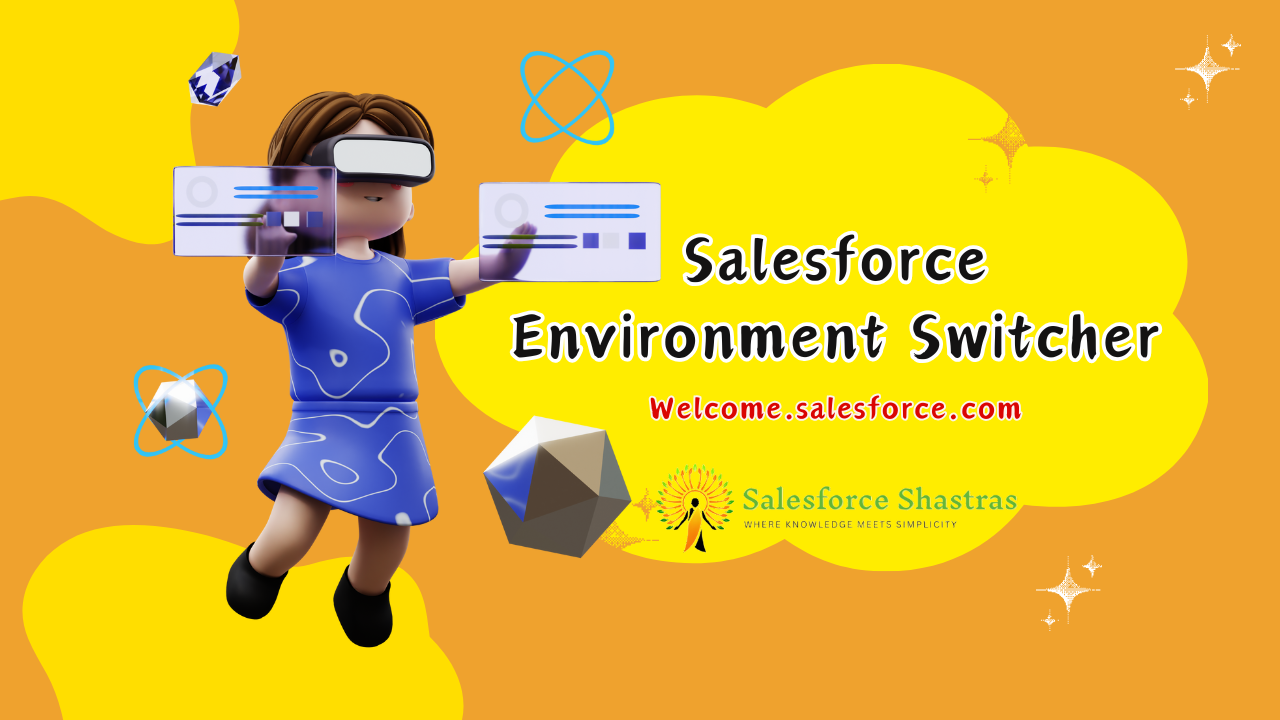Salesforce is a customer relationship management (CRM) software platform that helps businesses track and manage their interactions with leads, customers, and partners. The Salesforce data model is the foundation of Salesforce, and it defines the structure and organization of data in the platform.
Objects are the building blocks of the Salesforce data model. They represent different types of data, such as accounts, contacts, opportunities, and cases. Each object can have a number of fields, which are used to store specific information about the object. For example, the Account object has fields for name, industry, and annual revenue.
In Salesforce, objects are similar to database tables. They provide a structure for storing data and allow users to interact with the data. Fields are similar to database columns, and records are similar to database rows.

For example, if you wanted to store a list of employees in your company, you might create columns for their name, email address, physical address, date of birth, and salary.
Salesforce has two types of objects:
- Standard objects: These are database tables that Salesforce creates by default. They include accounts, reports, organization names, contacts, leads, and opportunities.
- Custom objects: These are database tables that Salesforce creates by User/Admin/Developer, all the custom objects will have a postfix __c such as: Bank__c, Student__c
- Custom objects: You can create custom objects by:
Relationships define how objects are connected to each other. For example, an account can have multiple contacts, and an opportunity can be associated with an account and a contact. Relationships can be either one-to-one (e.g., an account can have only one primary contact) or many-to-one (e.g., an account can have multiple contacts).
The Salesforce data model is a powerful tool that can be used to organize and manage data. By understanding the different components of the data model, organizations can improve their data quality and make better decisions.
Example
Let’s take a look at an example of how the Salesforce data model can be used to organize data. Imagine that you are a sales representative for a company that sells software. You can use the Account object to store information about your customers, such as their name, industry, and annual revenue. You can also use the Contact object to store information about your contacts, such as their name, title, and email address. By using relationships, you can link accounts to contacts. This allows you to track all of the interactions you have with your customers and contacts, such as phone calls, emails, and meetings.
The Salesforce data model is a powerful tool that can be used to organize and manage data. By understanding the different components of the data model, organizations can improve their data quality and make better decisions.
The Salesforce data model is a complex topic, but it is essential for understanding how Salesforce works. By understanding the different components of the data model, organizations can improve their data quality and make better decisions.
For more info checkout this video:




One thought on “Salesforce Data Model: Objects, Fields, and Relationships”